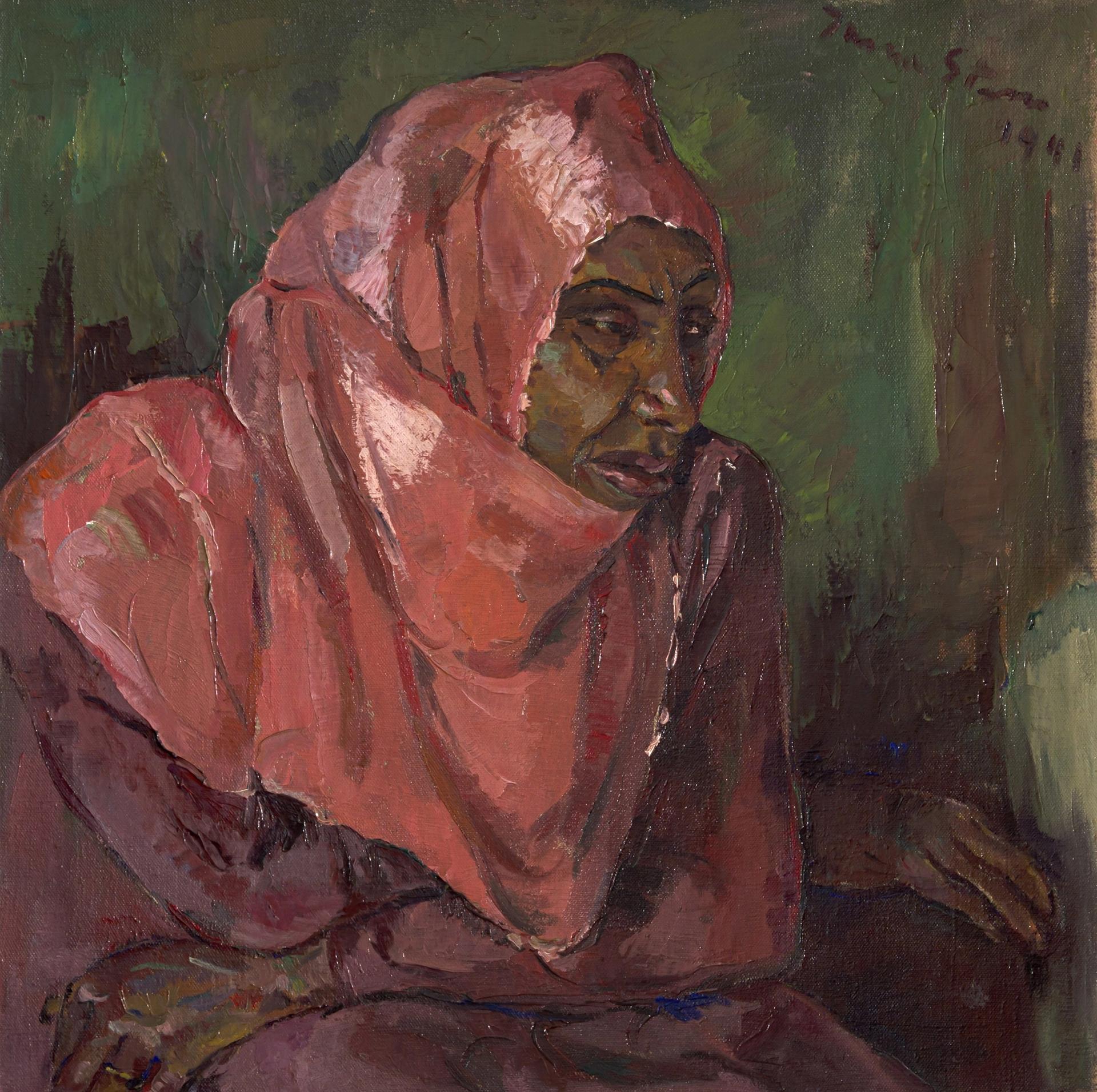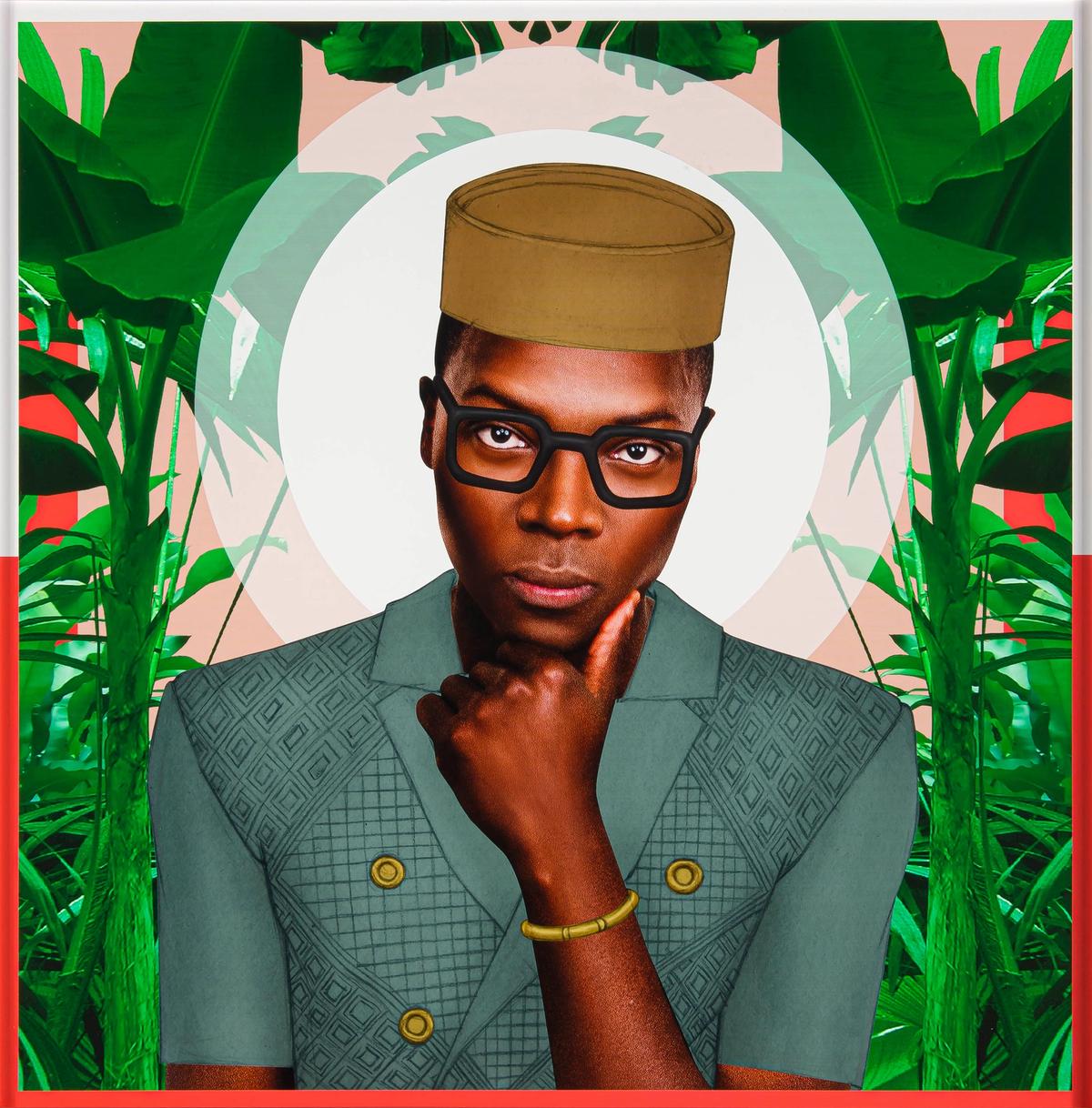A soaring global demand for African art and increased digital access has contributed to a near-record year for the South African auction house Strauss & Co, which yesterday reported sales totalling R354m ($20.6m) in 2022. That sum narrowly missed its highest annual total of R356m ($20.7m) achieved in 2021.
“In the context of the macroeconomic conditions in southern Africa and the world, it was really a very strong performance,” says Frank Kilbourn, the auction house’s chairperson.
Over the course of last year, Strauss & Co sold 6,381 lots with 53 of those selling for more than R1m ($58,000) with an average sell through rate of 71%—a robust percentage but still someway off the 90% achieved by the auction house’s new wine department. Online sales, held each month, contributed R63.7m ($3.7m).
Kilbourn notes how the economic conditions in South Africa have been unfavourable over the past couple of years. “We’ve had low economic growth, we’ve had high inflation [and] increasing interest rates, and altogether much higher degrees of uncertainty. And I don’t think [2022] was the greatest of years for the creation of wealth.”
So why has the art market thrived, relatively speaking? “South African art as a whole is in the best place [it] has ever been. And that is a consequence of the art ecosystem being much more mature than it was five or six years ago,” Kilbourn says.
He notes how the country is producing artists “of extraordinary ability [who have] managed to grab attention worldwide and [are] addressing contemporary issues in a way that is both thought provoking, and I believe enduring”.
In addition, South Africa’s gallery system has developed enormously in the past couple of years, while three major museums have been added to the landscape in recent years: the Zeitz Museum of Contemporary Art Africa in Cape Town and the Norval Foundation, both in Cape Town, and the Javett Art Centre in Pretoria.
Global interest has piqued following these investments. At Strauss & Co, nine of its top 20 lots last year sold to overseas clients, while international buyers have leapt 60% over the past five years. Around 40% lower than its major international competitors, the firm’s commission structure makes it particularly appealing to global buyers.

Irma Stern's Psychic: An Old Malay Woman (1941) Courtesy of Strauss & Co
The top lot in 2022 was Irma Stern’s 1941 Portrait of a Clairvoyant, which sold for R7.5m ($435,000). Stern has almost single-handedly carried the South African market for the past few decades—over the last ten years she has brought in more than half a billion Rand alone. Stern has a particularly international following, with works selling well to the Middle East and Singapore, according to Strauss & Co. Stern, as well as Robert Hodgins, William Kentridge and J.H. Pierneef were the subject of single-artist sales last year.
As Alastair Meredith, the head of Strauss & Co’s Johannesburg art department, puts it: “So many of our fantastic 20th-century Modernist artists who really suffered from the cultural embargoes […] are being continuously reassessed. And that’s having a massive impact in terms of their value, and also the international interest in these artists.”
He cites Amoako Boafo, Cinga Samson, Igshaan Adams, Yinka Shonibare and Michael Armitage among other artists whose secondary markets are gaining traction.
New formats, new markets?
South Africa has long held the dominant share of the African art market, though in recent years Nigeria has nipped at its heels. Last year, west Africa increased its market share in the continent from 28% to 41%, challenging South Africa’s historic dominance.
In a bid to share its success, Strauss & Co is introducing a new sale format on 28 February, bringing together primary and secondary works by artists from across Africa. The lots in the new sale, "Curatorial Voices: Modern and Contemporary Art from Africa", have been selected by six leading curators: Dana Endundo Ferreira, the founder and chief executive of Pavilion54 from the Democratic Republic of the Congo; Heba Elkayal, an independent curator and art historian based between the UK and Egypt; Danda Jaroljmek and Anne Kariuki of the Kenyan Circle Art Gallery; Valerie Kabov, the director of First Floor Gallery in Harare; and South Africa’s Kimberly Cunningham, the founder of Cunningham Contemporary.
Proceeds from the sale, which includes works by Cyrus Kabiru, Zanele Muholi, Thierry Oussou and Athi-Patra Ruga among others, will fund a new internship focusing on both the primary and secondary art markets—the first in Africa of its kind.

Zanele Muholi's Isililo XX (2014), part of the "Curatorial Voices: Modern and Contemporary Art from Africa" sale Courtesy of Strauss & Co
Dana Endundo Ferreira welcomes the new sale format, which aims to build bridges between the different art centres on the African continent. As she says: “We need to build a domestic ecosystem for the market to develop properly in the long run. Wealth in Africa has been increasing steadily throughout the continent for the past couple of decades, and the art market could really capitalise on it. But still too often today, the African art scene relies very much on the West and African artists’ careers are built through exhibitions and sales internationally.”
She notes how many markets in Africa lack proper infrastructure, with limited galleries, museums and public support. “You often see that private collectors or businesses or even artists themselves have to step in to fill the void,” she says, noting that local interest is growing as more art fairs, biennales and museums spring up across the continent. “All this is improving the primary market landscape with curatorial voices and [the new auction format] represents yet another stepping stone in building that ecosystem, this time in the secondary market.”
Ultimately the aim is to forge a new African art market, built by and for Africans. “I believe it is time to reclaim that narrative and build an African art market that develops in a way that adapts to and beautifies the specificities and uniqueness of African cultures,” Ferreira says. “One that is sustainable in the long run.”


